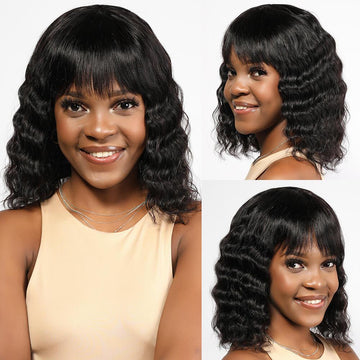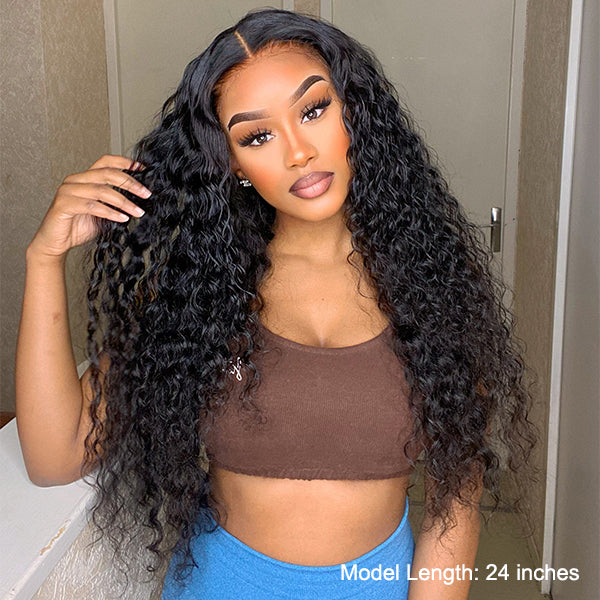Categories
Recent Articles
-
Are My Hair Extensions Human Hair or Synthetic? June 02, 2023
-
7 Common Mistakes Women Make When Buying Hair Online June 02, 2023
-
8 Best Lace Wig Types You Should Know June 02, 2023
Tag Cloud
Featured Products
Custom Block
With more than 30 years manufacturing experiences, we have exported all kind of hair extensions to Europe, USA, Canada, Australia, Russia Etc
We are willing to help you obtain a greater achievement in your business and wish to establish a long term, stable and Win-win cooperation with you. Please feel free to contact us if you have any question Beside, you are welcomed to visited our company any time
When is it Time to Wear a Wig? A Short Guide for Women Suffering

Finding yourself comparing your hair to older photos a lot?
Experiencing hair loss can make you feel depressed or anxious, or lower your self-esteem. One way to deal with it is to wear a wig. However, wearing a wig is a very personal decision, and only you get to decide when the right time is for you. Regardless, in this guide, we'll try to clear things up a little.
Causes
- Poly-Cystic Ovarian Syndrome
With PCOS, a jump in the male hormones (androgens) causes female pattern hair loss. Women with PCOS/PCOD are usually diagnosed in their 20's or 30's, as a result of which, they may need a wig sooner than with other causes. Likewise, they want wigs that look fun, but also look professional. They want wigs that will let them express their individuality. But they also want to experiment with style and color.
- Androgenic Alopecia
This condition causes permanent hair loss from the scalp and causes baldness at the top and the crown of the head in women. The center hair part starts to widen over time, without affecting the front hairline. Women with androgenic alopecia can choose to make the decision to wear a wig when they no longer feel comfortable with their hair. If your hair has thinned out or your hairline has started to recede, it might be time for a wig.
If you are looking out for a wig, our wigs are made of original human hair and can help you cover hair loss without it looking artificial.
- Alopecia Areata
This is caused by your immune system attacking your hair follicles, causing sudden hair loss as circular bald patches on your head. This can happen in months or in days, so waiting it out could be a mistake.
- Chemotherapy
With chemo, your hair starts to fall out in clumps in around 4 sessions, leaving behind bald patches. Look for a wig before it's too late because if your wig isn't ready and you're losing hair by the second, you might have to wear a temporary artificial wig.
Other reasons like styling, processing, stress, deficiencies, diets, thyroid issues, hormonal changes, menopause, aging, and some medications can make you lose hair.
How do I know it’s time to wear a wig?
- With thinning hair, you can wear a topper to hide the thinning or balding spots. Your natural hair will help the topper blend in seamlessly. But over time, as your hair starts to become sparser and fewer, toppers might no longer be an option and you might want to transition to a wig.
- If your hair doesn't grow past a certain length, if it starts to become much more fragile and breaks off after a certain stopping point, you might want to look into the option of a wig.
- You might also want to go for a wig to cover up while you are undergoing hair treatment.
So when is it time to start wearing a wig? Regardless of the cause, it's always, always better to start wearing a wig while you still have hair. Because that way, not only do you get the time to adapt to it, your stylist can take inspiration from your natural hair and help you make an informed decision about the type of wig to go for.
You need to understand that hair loss can happen quickly (you may lose a lot of hair in just 10 days), so you need to be prepared. And because it might be a good 6-12 weeks before your wig reaches you, it's better to plan ahead!




















